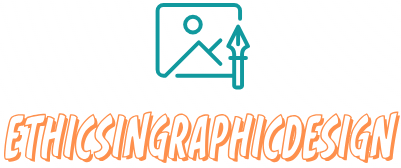The Importance of Prototyping in Design
Prototyping is a crucial stage in the design process that helps ensure the success of a product or project. It involves creating a working model or representative version of the design concept before moving forward with production. Here are some key reasons why prototyping is important in the design process:
- Refining and validating ideas: Prototyping allows designers to test and validate their ideas before investing significant time and resources in the final product. By creating a physical or digital prototype, designers can evaluate the feasibility and practicality of their concepts and make necessary refinements.
- Gathering user feedback: Prototyping provides an opportunity to gather valuable feedback from target users or stakeholders. By involving users early in the design process, designers can gain insights into usability, functionality, and user experience. This feedback can be used to make improvements and ensure that the final product meets the needs and expectations of the end-users.
- Identifying design flaws and issues: Prototypes help identify design flaws, technical issues, or challenges that may not have been apparent in the initial stages. By testing the prototype, designers can uncover any potential problems and address them early on, saving time and resources in the long run. This iterative process of testing and refining leads to a more robust and error-free final design.
- Communicating design intent: Prototypes serve as powerful communication tools, allowing designers to effectively convey their design ideas to clients, stakeholders, or manufacturing teams. It provides a tangible representation of the design concept, making it easier for others to understand and provide input or make decisions. This helps ensure that everyone involved is on the same page and working towards a shared vision.
- Facilitating collaboration: Prototyping encourages collaboration among designers, engineers, and other team members involved in the design process. Through prototyping, different stakeholders can collaborate, share ideas, and collectively contribute to refining the design. The iterative nature of prototyping promotes teamwork and fosters a creative and inclusive environment.
- Mitigating risks and cost savings: By catching design flaws and identifying potential issues early on, prototyping helps mitigate risks associated with product development. It allows for necessary modifications and refinements before investing in large-scale production. This reduces the likelihood of costly errors or the need for extensive redesign in later stages of the process.
In conclusion, prototyping plays a vital role in the design process by refining and validating ideas, gathering user feedback, identifying design flaws, facilitating communication and collaboration, and mitigating risks. It is a crucial step towards developing successful and user-centered products or projects. Investing time and resources in prototyping ultimately leads to better design outcomes, improved user experiences, and increased chances of overall project success.



